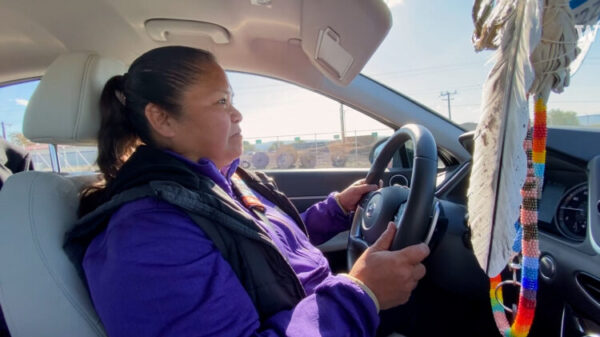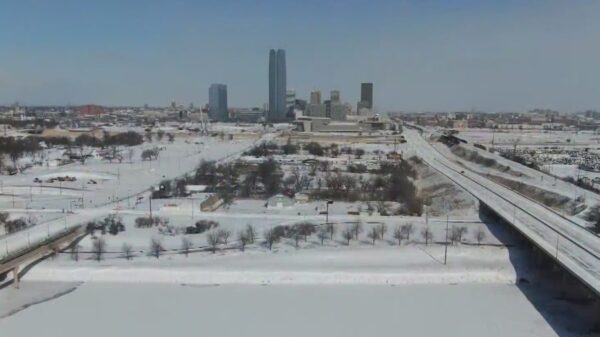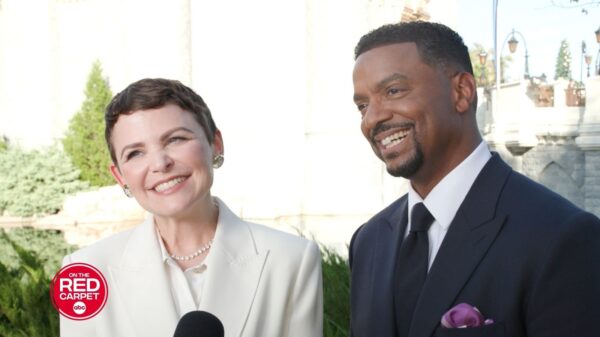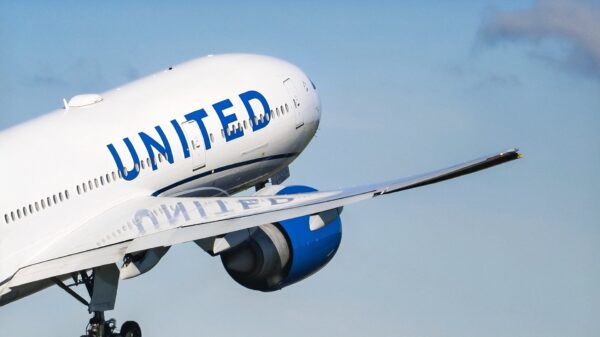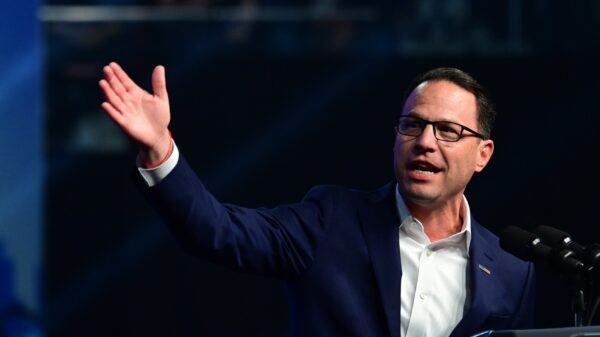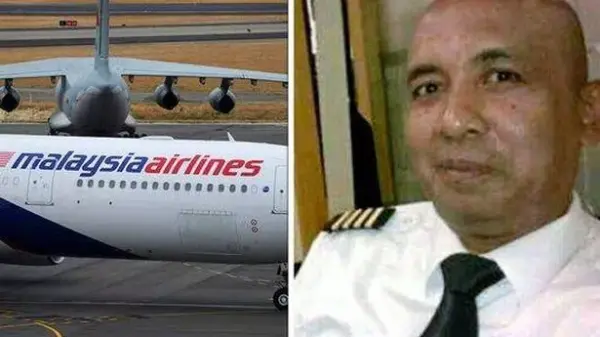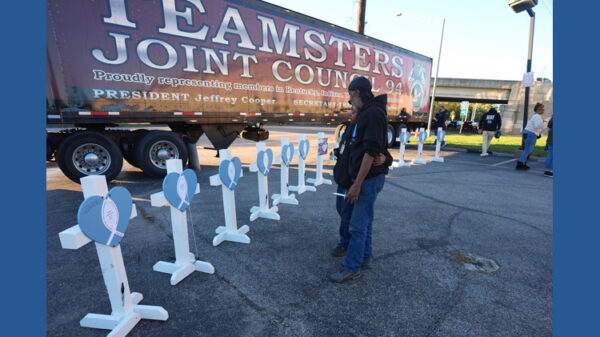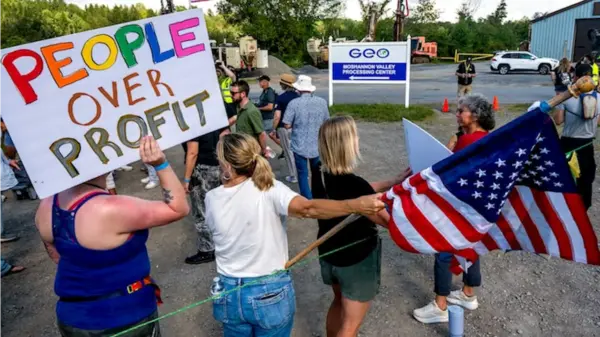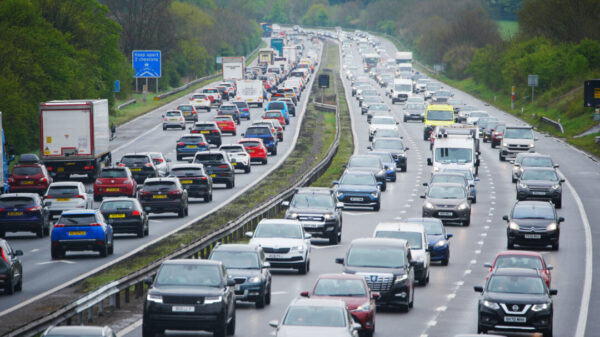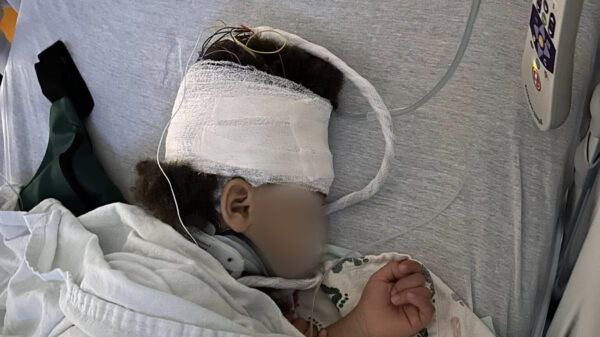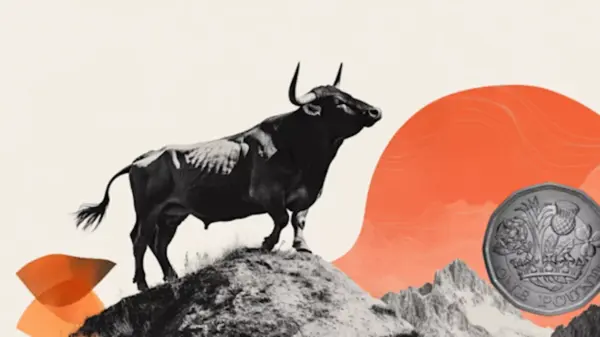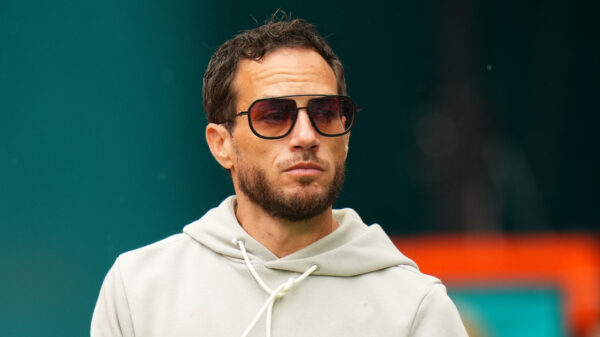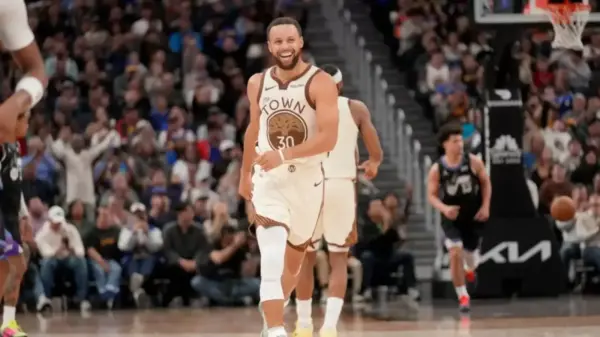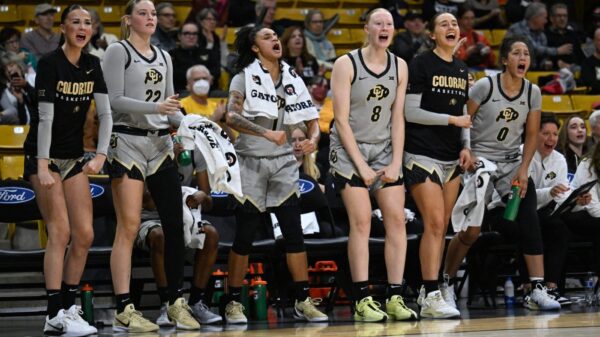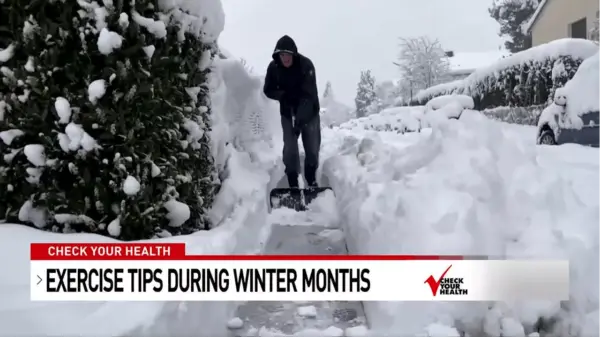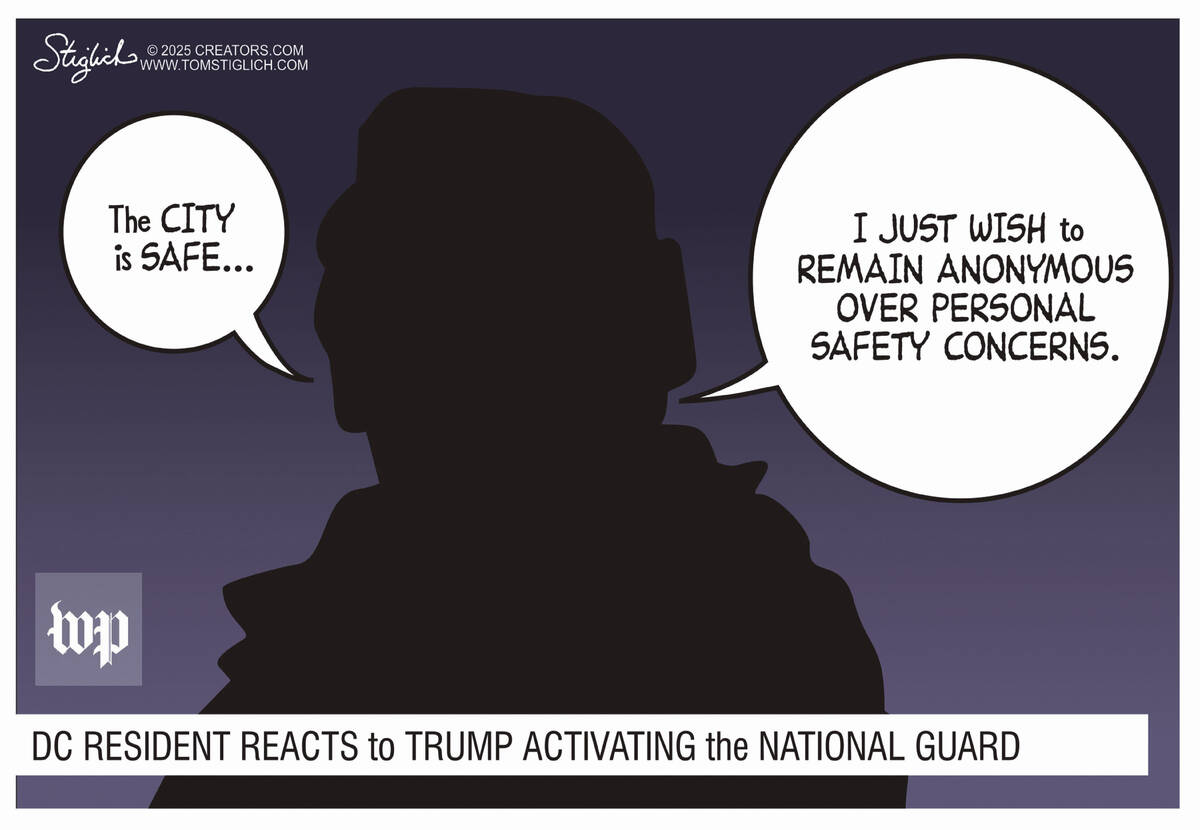Residents of Washington, D.C. are expressing diverse opinions regarding the presence of the National Guard in their city. This sentiment has been captured through a series of editorial cartoons from various outlets across the United States and beyond. These cartoons reflect the complexities of public sentiment in the wake of heightened security measures and political events in the area.
Public Sentiment Reflected in Art
The deployment of the National Guard in D.C. has sparked intense discussion, especially following significant incidents that have raised concerns about safety and governance. Many editorial cartoons illustrate the feelings of frustration, confusion, and concern among local residents. Some depict the Guard as vital protectors of democracy, while others illustrate a sense of unease about military presence in civilian life.
Recent events, including the January 6, 2021, Capitol riots, further intensified the scrutiny of security protocols in the nation’s capital. The National Guard’s role has evolved from a traditional military function to one that intersects deeply with civil rights and public safety. Editorial cartoons have become a platform for residents to voice their perspectives, showcasing the unique blend of humor and critique that characterizes political commentary.
Insights from Community Leaders
Community leaders have noted that the presence of the National Guard has sparked conversations about the balance between security and civil liberties. Many residents feel a sense of safety with the Guard’s presence, viewing it as a necessary measure in uncertain times. Conversely, others express concern over the implications of militarization in urban spaces.
According to a survey conducted by the Washington Post in early 2021, approximately 65% of D.C. residents felt the National Guard’s presence was justified due to recent unrest. However, 35% of respondents voiced discomfort, indicating a significant divide in public opinion. This dichotomy is evident in the editorial cartoons, where artists capture both support for and skepticism of military involvement in civilian affairs.
As the city continues to grapple with its identity in the context of national security, the role of artistic expression becomes increasingly important. Editorial cartoons serve not only as a reflection of public opinion but also as a catalyst for dialogue. By highlighting contrasting viewpoints, they encourage residents to engage with the complexities of governance, security, and individual rights.
The ongoing discourse around the National Guard in Washington, D.C., illustrates the broader implications of security measures in democratic societies. As the situation evolves, the art of political commentary will remain a vital part of the conversation, shaping how residents perceive their city and its future.


